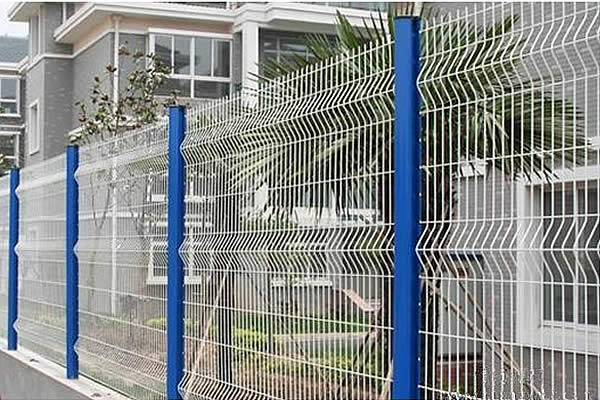 TEL:
+86-13102802206
TEL:
+86-13102802206
 Email:
fencenetting@china.com
Email:
fencenetting@china.com
 Language
Language
 TEL:
+86-13102802206
TEL:
+86-13102802206
 Email:
fencenetting@china.com
Email:
fencenetting@china.com
 Language
Language


Temporary Garden Fencing The Perfect Solution for Your Green Space
In the realm of gardening, creating a harmonious and functional environment is essential for the growth and maintenance of plants. One often-overlooked aspect of this is the fencing that surrounds your garden. While permanent fencing might be suitable for some, temporary garden fencing offers a flexible solution that meets various needs—from protecting delicate plants to defining boundaries. In this article, we will explore the benefits, types, and applications of temporary garden fencing, ensuring you have a well-rounded understanding of this practical addition to your green space.
The Benefits of Temporary Garden Fencing
1. Flexibility Unlike traditional fencing, temporary garden fencing can be moved and adjusted to suit seasonal changes in your garden layout. This allows you to modify the space according to the plants you’re growing or the aesthetic you wish to achieve.
2. Cost-effective Investing in permanent fencing can be expensive, especially for larger plots. Temporary fencing options are generally more affordable, making it an attractive solution for budget-conscious gardeners and homeowners.
3. Ease of Installation Setting up temporary fencing is usually straightforward, requiring minimal tools and time. Whether you choose to use panels, rolls, or stakes, you can quickly create a barrier to protect your garden.
4. Protection from Animals One of the primary reasons for installing any form of fencing is to protect your garden from pests and animals. Temporary fencing acts as a deterrent to rabbits, deer, and other critters that may be tempted to munch on your cherished plants.
5. Defining Spaces Temporary fencing can help define garden borders, creating designated areas for different plants, flower beds, or vegetable patches. This organization is not only visually appealing but can also enhance the overall function of your garden.
Types of Temporary Garden Fencing

1. Mesh Fencing Lightweight and easy to install, mesh fencing is an excellent option for quick setups. It offers visibility while still providing a barrier for animals. Mesh fencing can also come in various colors, allowing you to match it with your garden's aesthetic.
2. Wooden Stake Fencing Utilizing wooden stakes and string, this method provides a rustic, natural look. It’s a popular choice for those aiming for a more organic feel in their garden. This type is also easy to dismantle and reassemble.
3. Plastic Barrier Fencing Often used for its durability and resistance to weather, plastic fencing is lightweight and can be available in various heights. It’s perfect for keeping smaller animals out while providing a clear boundary.
4. Garden Bed Edging This type of fencing serves a dual purpose acting as a barrier for plants and adding to the garden's design. It can be made from various materials, including wood, stone, or metal, and helps keep soil and mulch in place.
Practical Applications and Tips
When considering temporary fencing for your garden, think about your specific needs. Are you creating a vegetable garden that requires protection from rabbits? Perhaps you wish to delineate play areas for children or pets. Once you've identified your needs, you can choose the fencing type that best suits those requirements.
Additionally, while temporary fencing is often seen as a short-term solution, it can provide unexpected longevity when properly maintained. Ensure that your chosen material is resistant to wear and tear, especially if left outdoors during adverse weather.
In conclusion, temporary garden fencing is a versatile and practical solution for a variety of gardening needs. By offering flexibility, affordability, and protection, it serves as an invaluable resource for gardening enthusiasts and homeowners alike. Whether you’re nurturing a vegetable patch or establishing a safe play area for children, the right temporary fencing can enhance your garden's functionality and aesthetics. Invest in your green space today and see how temporary fencing can transform your gardening experience.